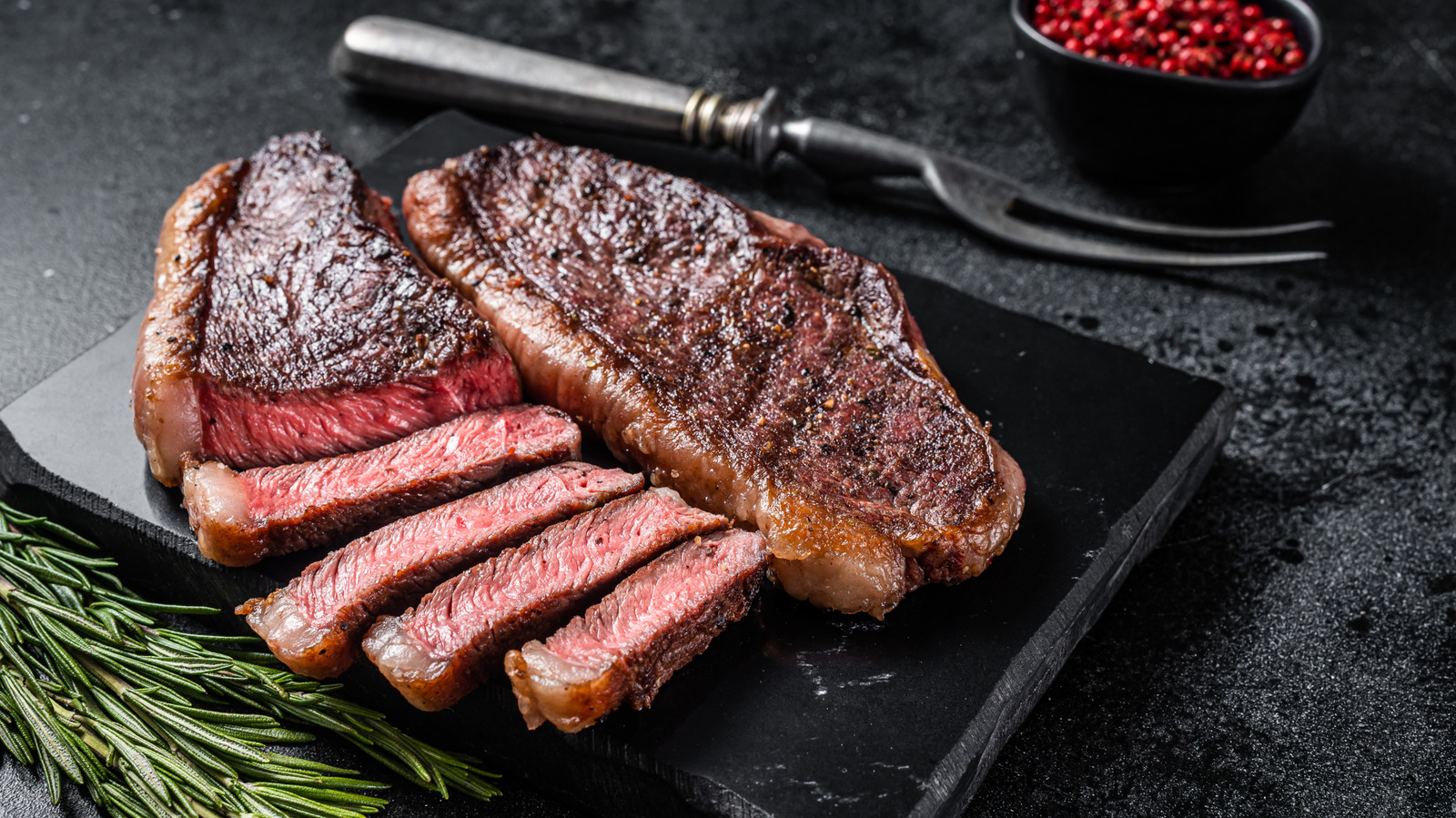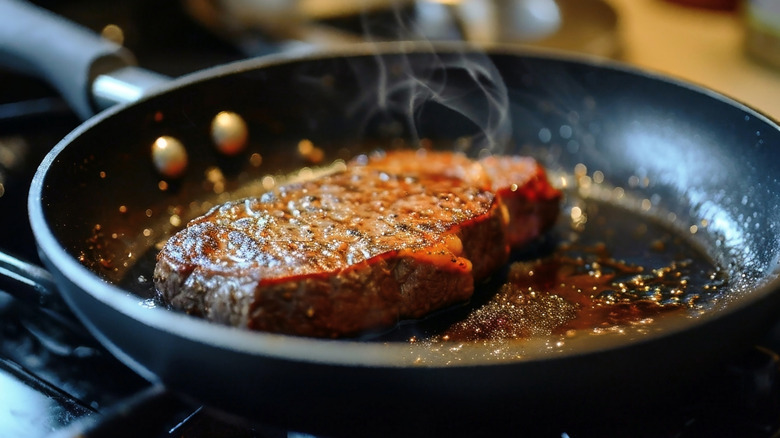If a nicely seared, juicy piece of steak is your idea of an ideal dinner, you’re not alone. Not only are steaks filling and flavorful, but they’re a great source of protein: a vital micronutrient that helps fuel countless of your body’s processes. To maximize your protein intake at dinner, there’s one cut of steak that tops the rest: sirloin.
The sirloin cut comes from the topmost section of a cow’s lower back, which is very lean and low in fat due to the frequent use of these muscles during the cow’s life. Since most protein is found in the muscle fibers of animals, sirloin has one of the highest protein to fat ratios and lowest calorie amounts compared to other cuts. Specifically, sirloin often ranges around 50g of protein per serving, followed closely by filet mignon at around 48g and ribeye at 42g of protein. Not only is sirloin high in protein, it is also high in niacin, a B vitamin that converts to energy.
How to cook sirloin for maximum tenderness and flavor
While sirloin is a great choice for protein-lovers, it often has less fat marbling (which offers tenderness and flavor) and a naturally firmer texture than, say, a ribeye steak. This means that it’s slightly less forgiving when cooked, but when done well, will provide an undeniably beefy and rich flavor.
One way to ensure that your sirloin remains tender (and flavorful) as it cooks is by marinating it beforehand. The acid in some marinades (like vinegar or lemon juice) can actually help denature the proteins and make the meat more tender. Just be wary that too much acid could ruin your marinade, leaving you with a mushy mess. The marinade doesn’t have to be complicated, either. Try whipping up an easy steak marinade with only three ingredients, or even reach in your fridge door for a condiment to effortlessly marinade your steak.
To cook your sirloin, both grilling and pan-searing are great high–temp options that will give your steak a nice crust without overcooking it and making it tough. Once it’s at medium-rare or medium, allow the meat to rest after cooking, and then pair with ingredients like quinoa, beans, or eggs for an extra boost of protein.





